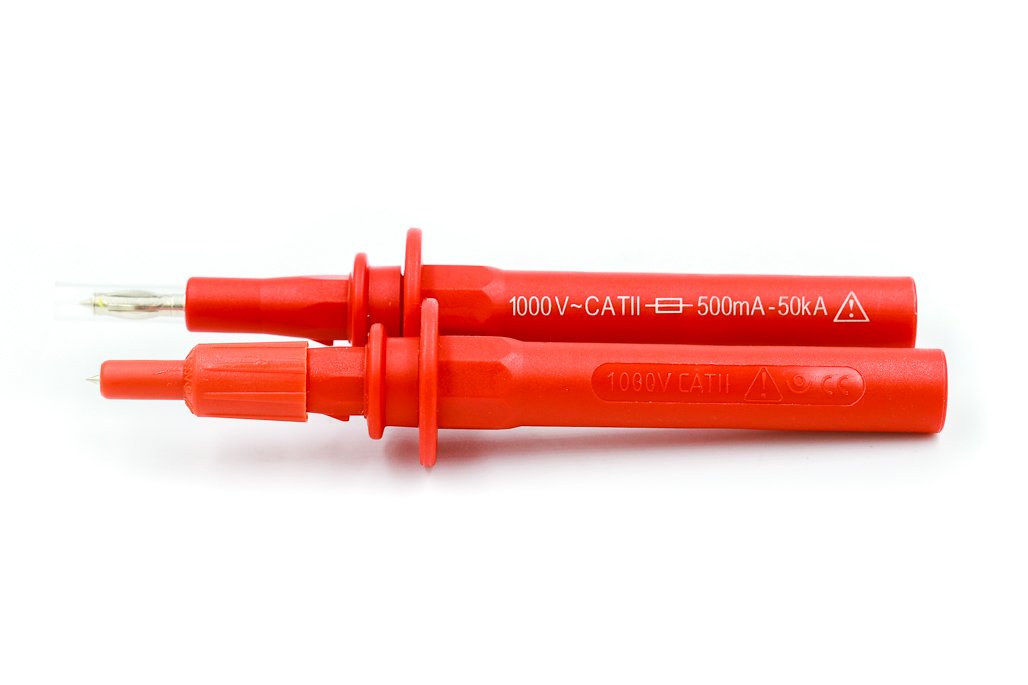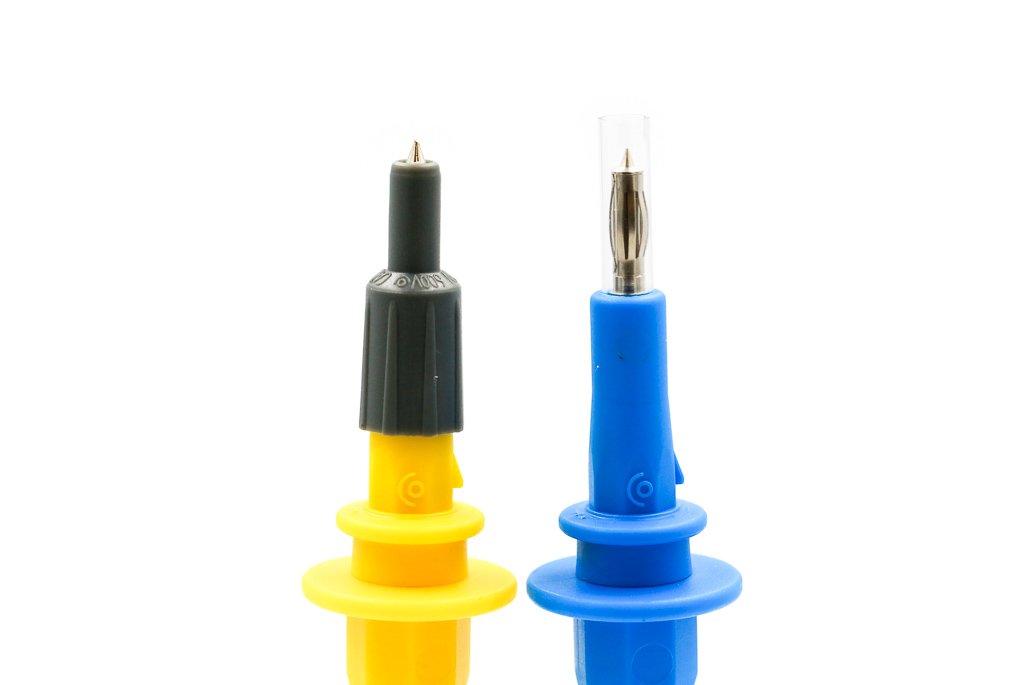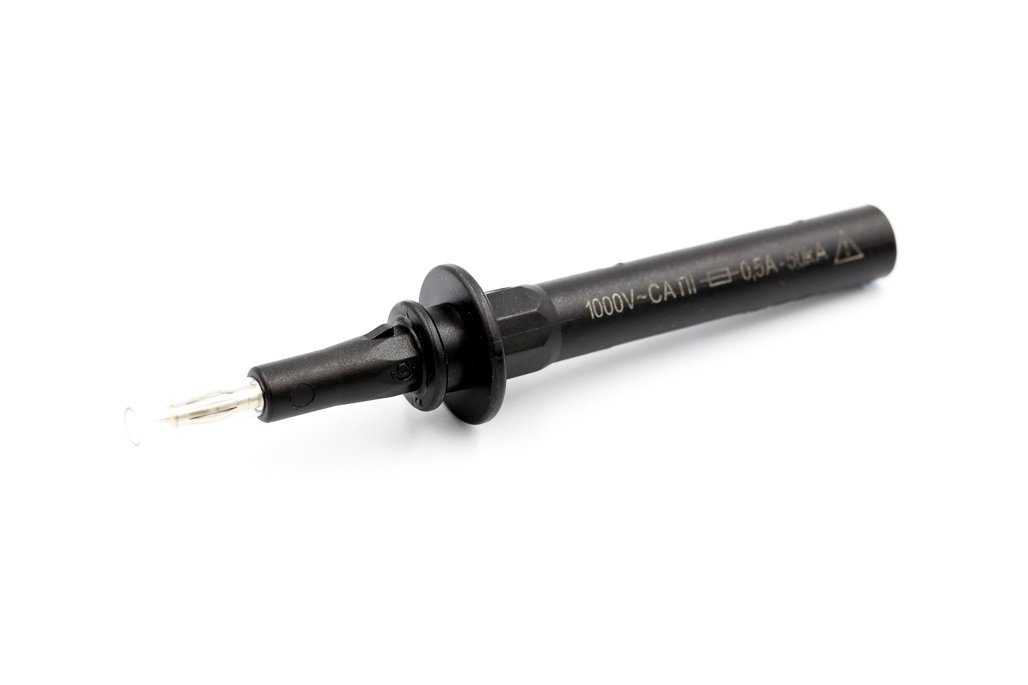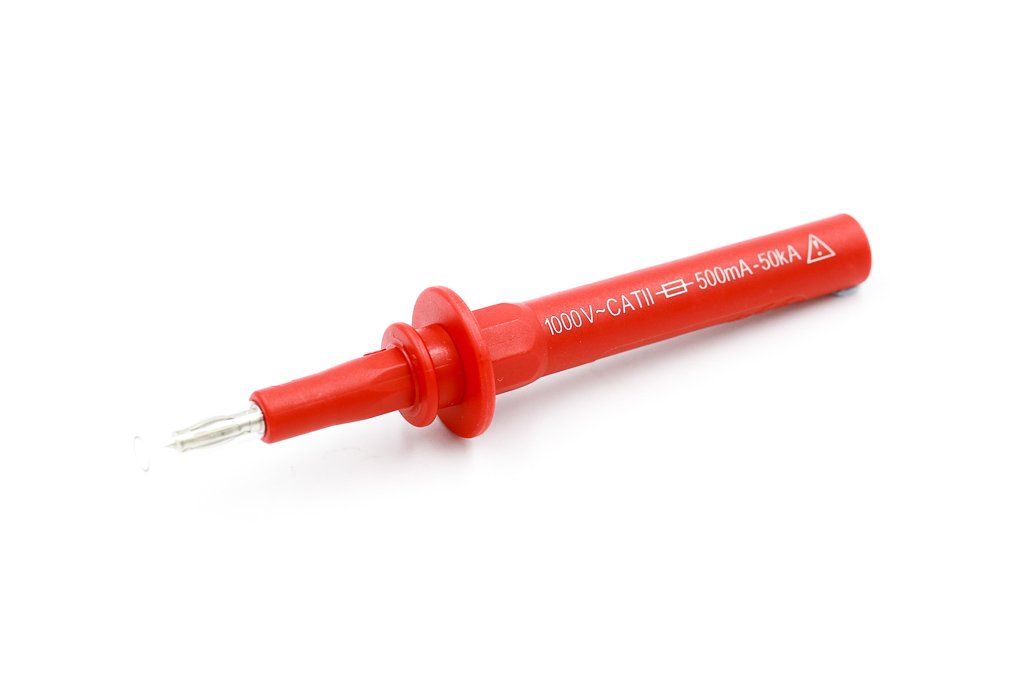Why Use Fused Test Probes?
Why Use Fused Test Probe Leads?
Warwick Test Supplies explores why electricians, electrical contractors, test supervisors, technicians and other electrical professionals may consider fused test probe leads for use with their digital multimeter. Discover the advantages and disadvantages of fused test probe leads and analyse the impact of these relatively inexpensive probes on your electrical testing application.
1 - What are Fused Test Probes?
2 - What are the advantages of Fused Test Probes?
3 - What are the disadvantages of Fused Test Probes?
4 - Fused Test Probes: Conclusion
5 - GS38 Electrical Guidelines
1 - What Are Fused Test Probes?
Fused test leads feature a built-in fuse within the test probe that provides an additional layer of protection to the individual undertaking an electrical measurement. Fused test leads can protect the technician against hazards from where electrical supply is short-circuited.
2 - What are the advantages of Fused Test Probes?
Fused Test Probes protect the operator from harm. Electrical Test Instruments like digital multimeters are protected internally by high intensity fuses and clearance distances appropriate to the installation category and voltage ratings of an instrument. A hazard may arise during testing where the electrical supply is short circuited, possibly resulting in explosion, burnout of test apparatus and arcing without rupturing the instruments internal fuse. Fused test leads will rupture, protecting the operator from harm.
Electrical Supply can be shorted out by many different causes, below is a short list of typical causes;
- Human error on the part of the electrician or someone else working on the system
- Trapped test lead that shorts down to earthed metalwork
- Test equipment integrity – instruments damaged by repair, overload, abuse or fault condition

3 - What are the disadvantages of Fused Test Probes?

An open circuit fuse in a test lead will give a dead circuit indication on the instrument, however appropriate working practices can address this issue. GS38 compliant probes use 500mA fuses and can add significant resistance to the test lead (up to 2 ohms) making them unsuitable when loop testing on live systems. The fused lead itself will add a small variability into the test result. This may or may not be significant depending upon particular application. This however can be a major problem for earth loop impedance testing.
Earth Loop Impedance Testing (Loop Testing) – is to verify that, if a fault occurs in an electrical installation, sufficient current will flow to operate the fuse or circuit breaker protecting the faulty circuit within a predetermined time. The objective is to make sure that the circuit is disconnected fast enough to prevent overheating and possibly a fire.
Test leads fused at 10A will provide protection from short circuit faults, but will not fail under normal testing conditions or add any significant loop resistance in most applications. Discover Warwick Test Supplies unfused Test Probes, ranging from; Point, Hook, Bus Bar Clips, or High Voltage Probes
4 - Fused Test Probes: Conclusion
In summary, a fused test lead adds an additional level of protection to equipment and the technician conducting electrical testing. Although there is an argument that fused test leads are an unnecessary precaution as a modern instrument that is professionally maintained and complies with BS EN 61010 provides adequate protection. However, the integrity of test equipment is a variable difficult to analyse and easily interpreted incorrectly. Combine the likelihood of human error under testing where the electrical supply is short-circuited and you have two strong factors that would directly compromise the technician’s safety and therefore the use of fused test leads is beneficial.
However, the majority of GS38 test probes manufactured by Electro PJP, Fluke and others are fitted with 500mA fuses as standard, which can cause errors in the readings when conducting earth loop testing. So, it could be said fused test leads improve safety at the expense of inaccurate measurement readings in certain applications.
5 - GS38 Electrical Guidelines

One thing that is clear is that the GS38 Electrical Test Equipment Guide issued by the Health and Safety Executive (HSE) governing body is not a statutory regulation with the Institution of Electrical Engineers (IEE). The decision to conduct electrical testing with fused leads or not is discretionary. With this is mind the best solution is to perform a risk assessment and establish if fused leads are necessary for a specific electrical testing and fault-finding task. If you are unsure stick with an all-rounder and look at test leads fused with a 10 A test probe for earth loop testing. View the full GS38 Document for more information. Please get in contact if you require further fused test probe advice.










